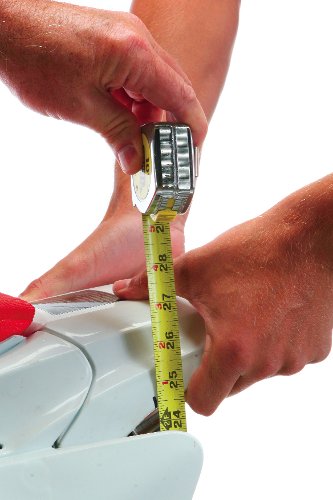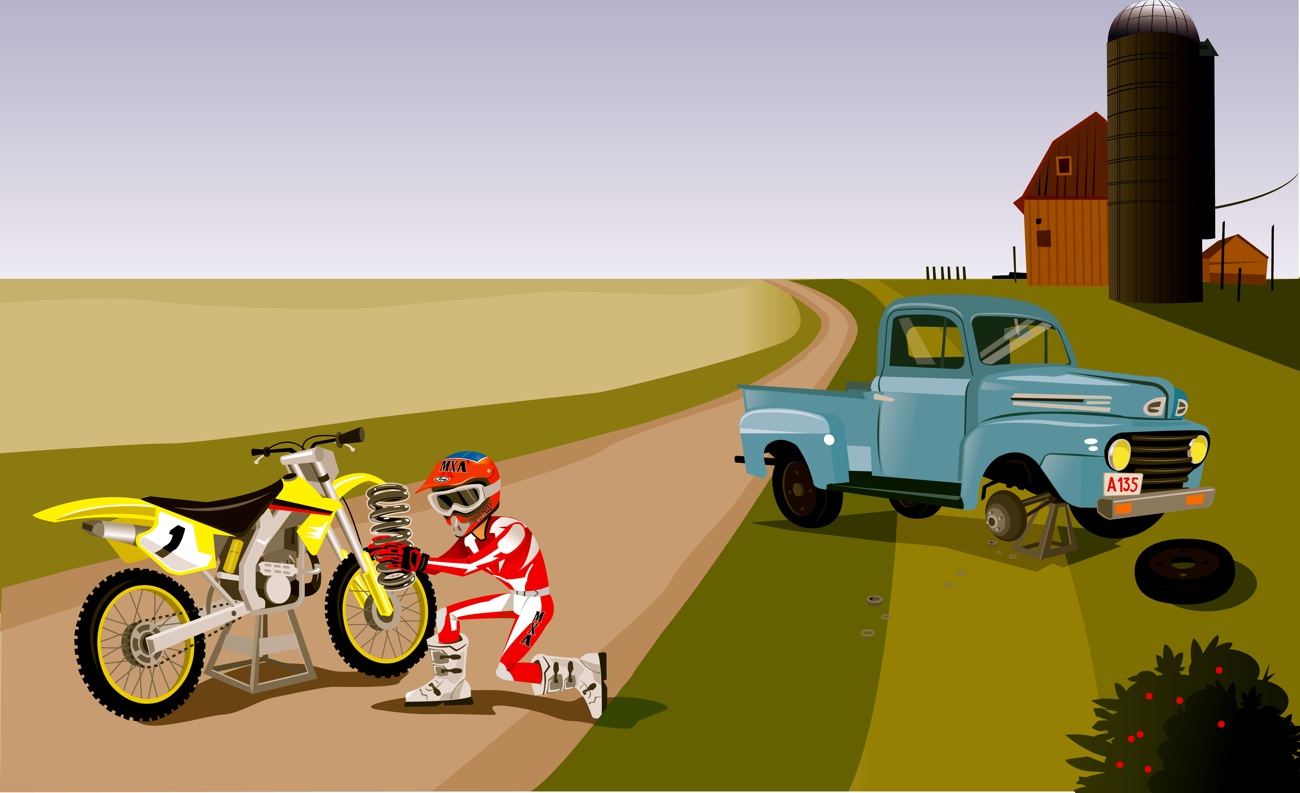HOW TO SELECT THE CORRECT REAR SHOCK SPRING
Have no fear. The MXA wrecking crew can tell you a simple way to determine whether your shock spring is too soft or too hard.

STEP ONE: SET YOUR RACE SAG
Setting sag is something that every rider thinks he can do, but usually does wrong. Yes, you still measure from the fender to the rear axle (with and without your body on the bike) — and the difference between the two numbers is the race sag, but here are some more tips: (1) Do not measure the sag with the rider standing up. (2) Bounce on the suspension before measuring the sag. (3) Sit where you actually ride, not some dream position. (4) Measure in line with the arc of the rear wheel. (5) As a rule of thumb, set the race sag at 100mm (unless you have some track record that works better for you).
STEP TWO: GET OFF THE BIKE
Once you have the race sag set for your weight and riding position, you need to get off the bike and put it on the stand again. Once on the stand, take a new measurement of the distance from the rear fender to the axle (it should be the same as your original measurement, but it never hurts to double check). Now, take the bike off the stand. It is ready for step three.
STEP THREE: STATIC SAG IS THE IMPORTANT NUMBER
Static sag is a measurement of how much the bike sags under its own weight. Static sag can only be checked after race sag is set. With the bike sitting under its own weight on level ground, take another measurement from the fender to the axle. Now, subtract that unladened measurement from your bike-on-the-stand measurement. The difference will be the static sag number.
STEP FOUR: HOW TO CHOOSE A SPRING RATE BASED ON THE STATIC SAG NUMBER
Static sag should be between 30mm and 40mm on big bikes (125, 250 or 450). If you have more than 40mm of static sag, your shock spring is too stiff. That may sound wrong, but it is right. If you have less than 30mm, then your spring is too soft. It’s that simple to determine whether your shock spring is right for your perfectly toned and trained torso. Let’s recap:
(1) Set your race sag at 100mm.
(2) Measure how much your bike sags without you onboard.
(3) If it sags more than 40mm, go to the next softest shock spring.
(4) If it sags less than 30mm, go stiffer.
(5) If you are on the cusp, make a judgment call.






Comments are closed.